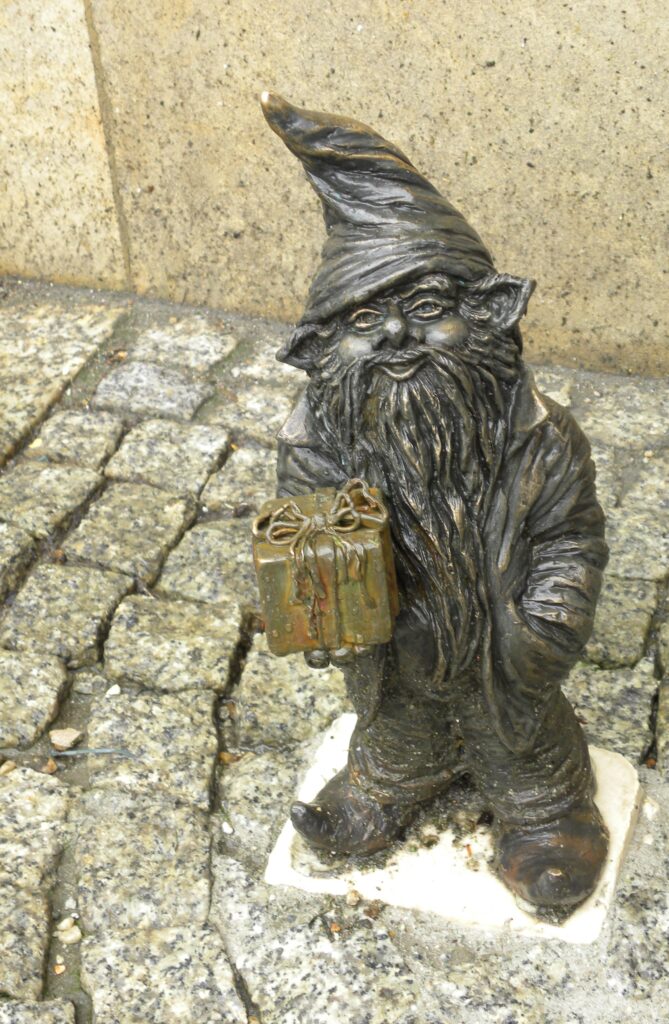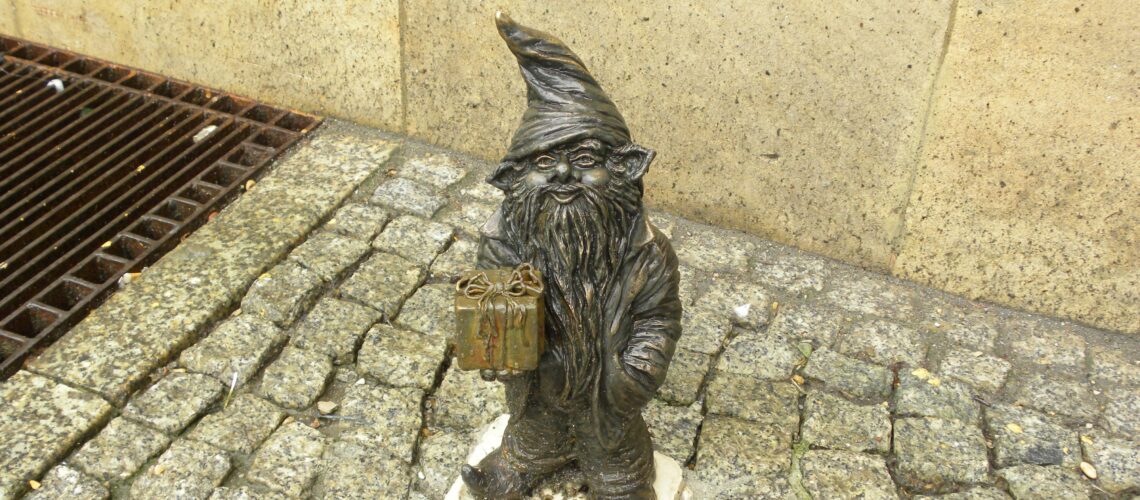
March 22, 2023
Cities around the world: Wrocław – part 3 – gnomes
Founded in the 10th century, Wrocław, Poland is home to Europe’s largest market square and rows of colorful buildings recreated post-World War I. Cathedral Island – the oldest neighborhood in this artsy, bustling city of 643,000 – houses some of the oldest and most stunning buildings in the city, including the red-bricked St. Martin’s Chapel. More than 100 bridges span the Odra River, earning the city the nickname “The Venice of Poland.” It’s the very definition of old-school European appeal.
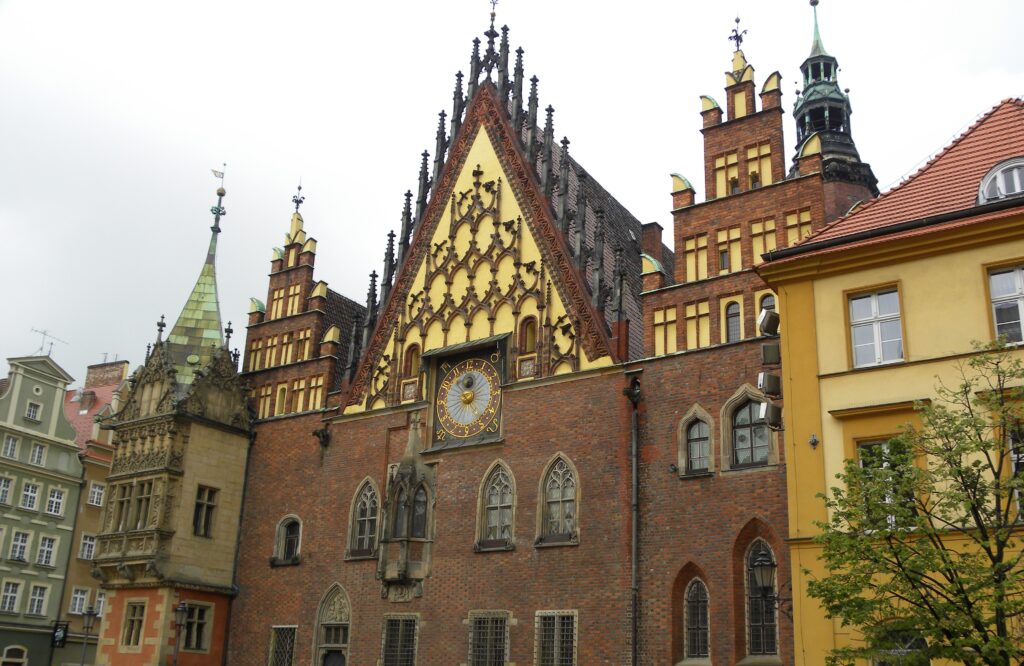
Amid the stunning architecture and centuries of history you’ll find yourself surrounded by dwarves. These easy-to-miss gnomes are between three and seven inches tall. Some are making withdrawal from tiny ATMs. Others are hailing cabs, or riding mini bikes. You’ll find them sleeping, working on laptops, singing, snapping photos, and riding pigeons. There are hippie gnomes, biker gnomes, and painter gnomes. There’s even a full miniature orchestra, frozen mid note in a park. The official count sits at 163 statues, though some claim more than are 350 scattered around the historic city.
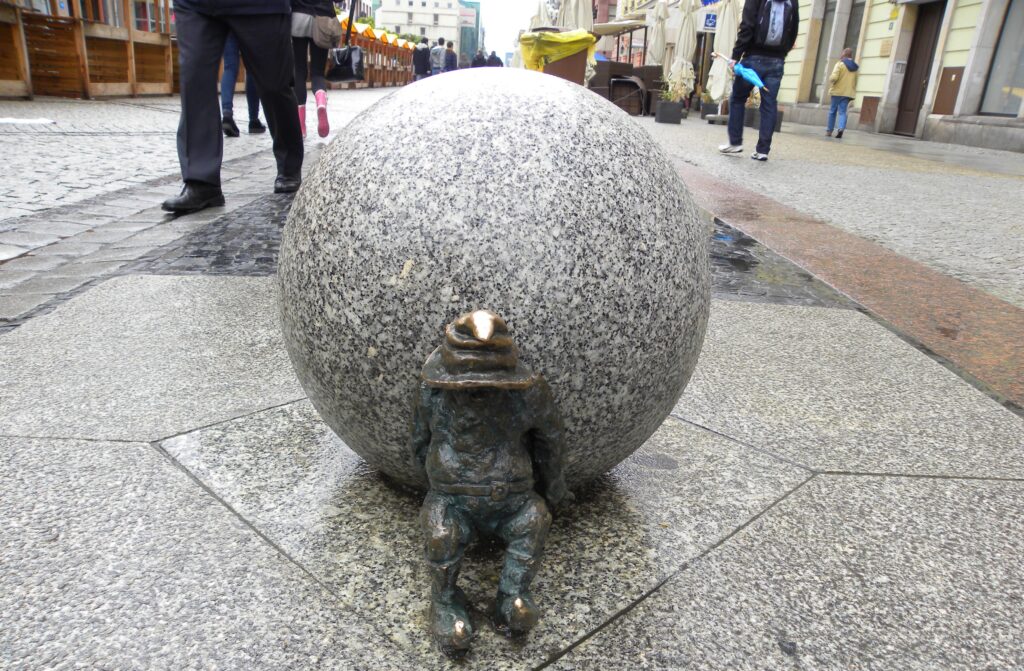
These statues are loaded with meaning, evoking Poland’s struggles against oppression. And in an era where the world is rethinking its monuments, the tiny denizens of Wrocław stand tall and proud. They’re hiding in plain sight, serving as symbols of the city’s progressive present while harkening back to Poland’s hard-fought victory over Stalinism.
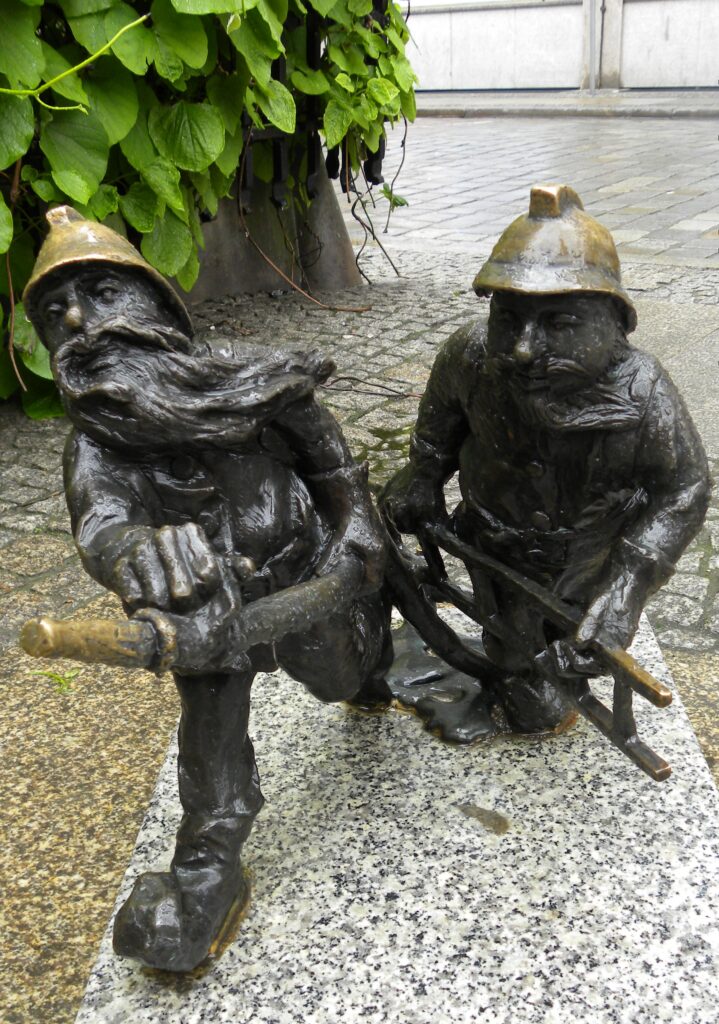
Dwarf-based tradition began in the 1980s with a grassroots group called the Orange Alternative. As a form of protest against authoritarianism and censorship, the group leaned into absurdist art as a contrast to the brutalist, propaganda-based messaging of the government.
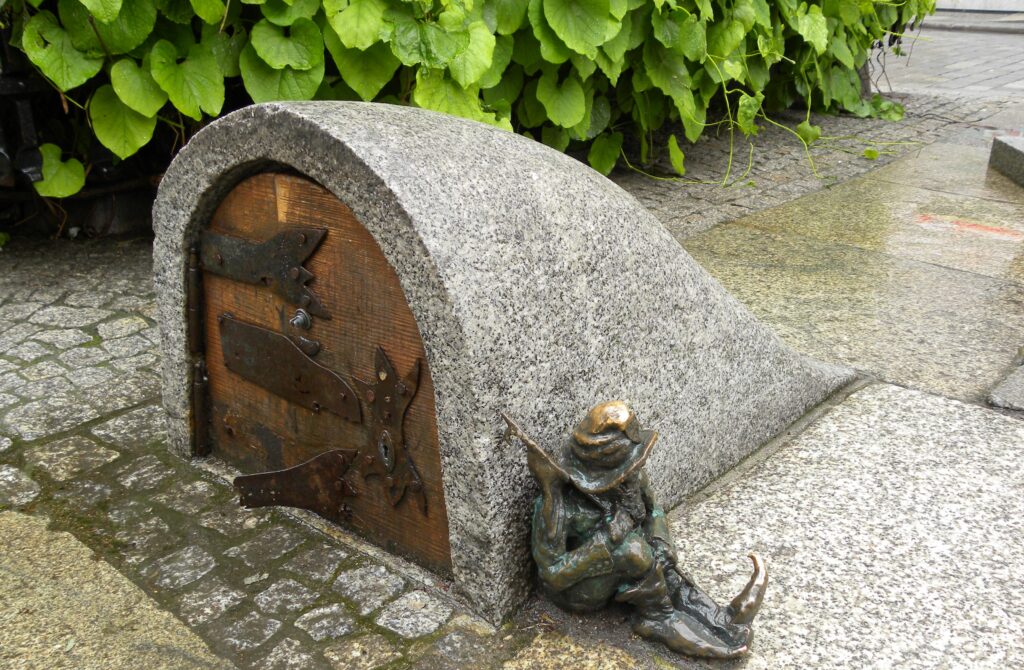
Along with distributing literature, the OA specialized in street art. Specifically, when Stalinists painted over anti-government graffiti, the Orange Alternative would stencil images atop the paint spots, opting for clowns, elves, and dwarves to highlight the inherent ridiculousness of the oppression. Eventually, these fairytale images became symbols of the movement, with the dwarf in particular holding unexpected staying power.
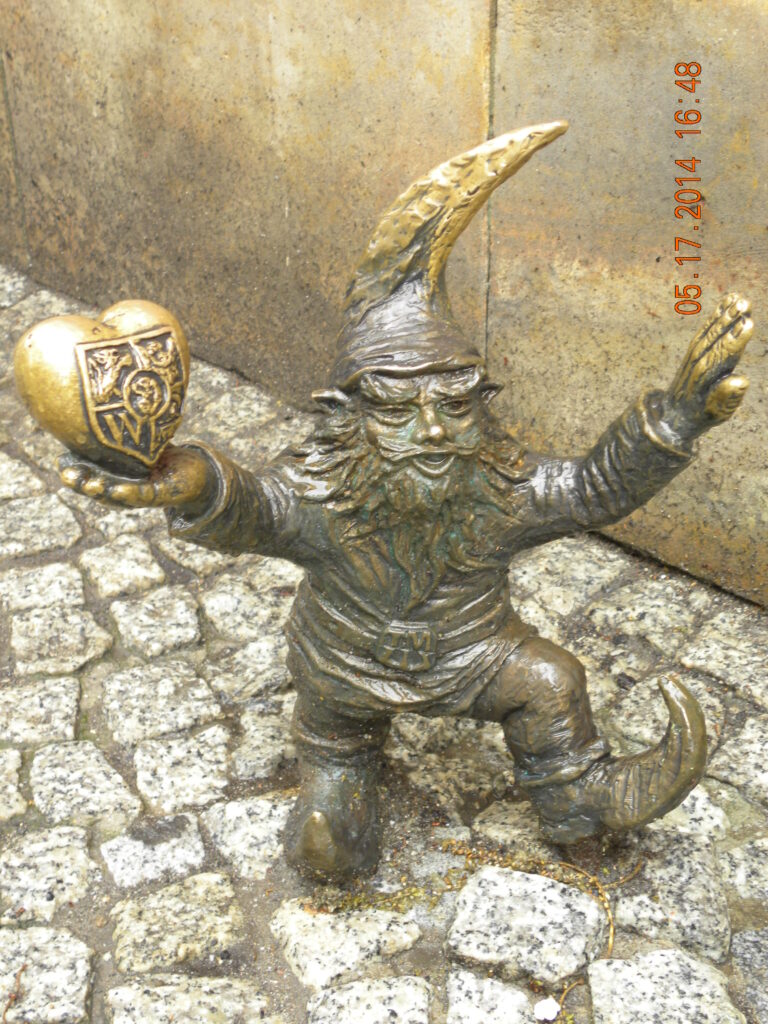
The Orange Alternative disbanded in 1989, the same year Polish Communism crumbled. As tribute to the underground movement, artist Olaf Breezski erected the city’s first and largest gnome, known as Papa Kransal (“Papa Dwarf”) in the city center. But one dwarf just wasn’t enough: In 2004 the city hired artist Tomasz Moczek to create a new generation of fantasy-driven street artwork. And today, they’re everywhere.
